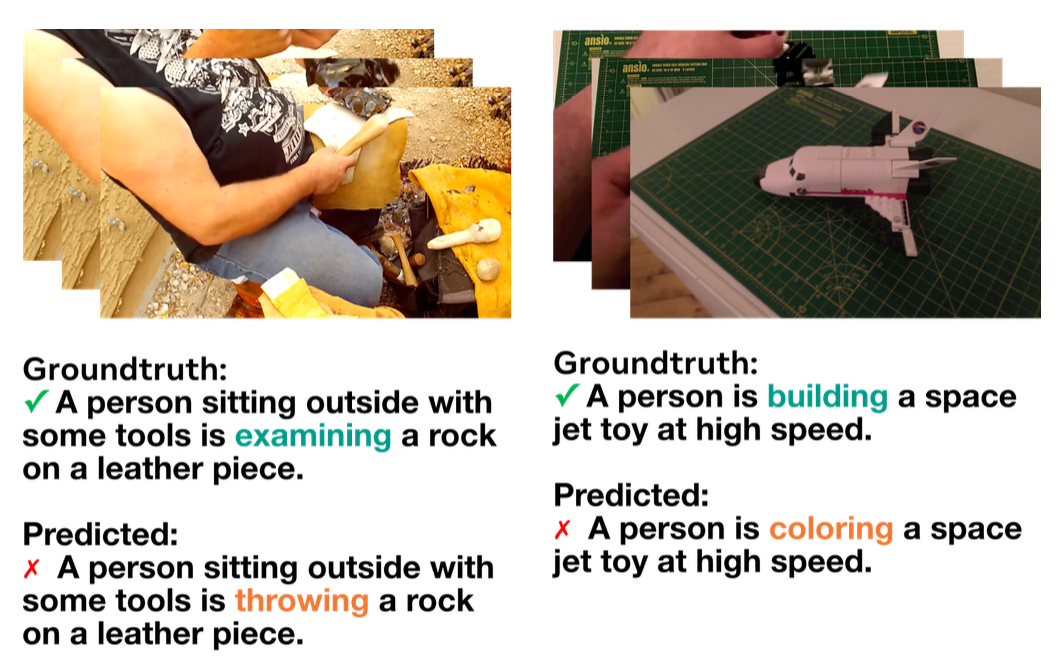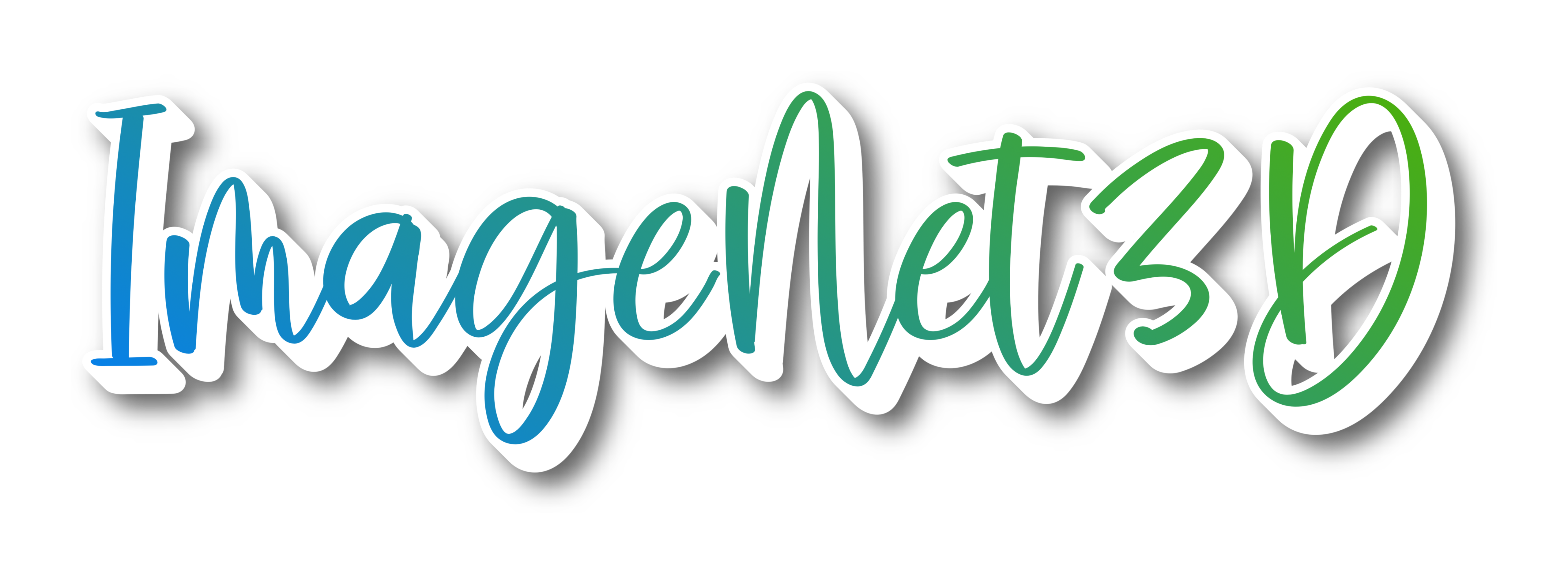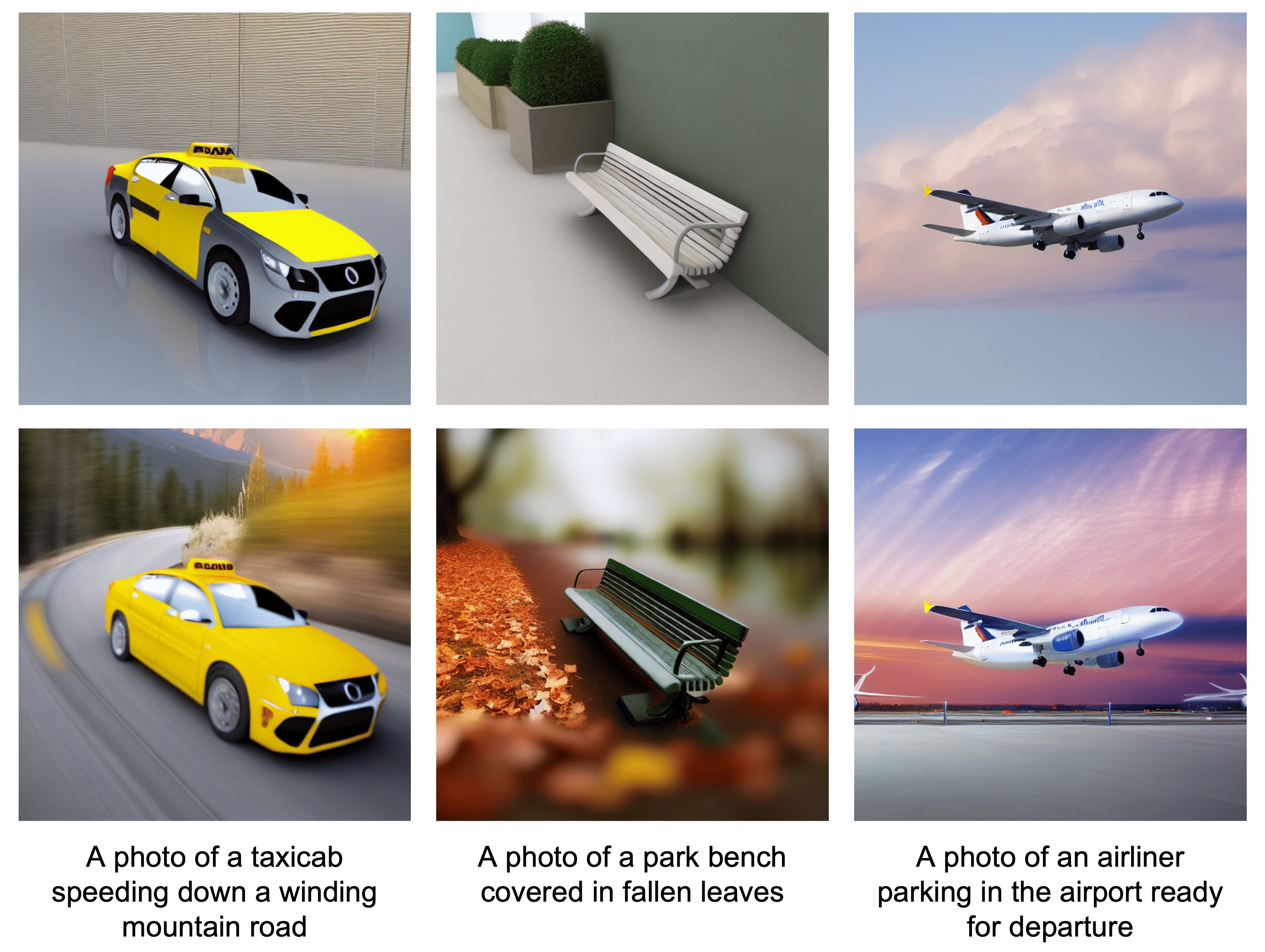Wufei Ma
PhD student. Johns Hopkins University.
I am a PhD student at Johns Hopkins University, advised by Bloomberg Distinguished Professor Dr. Alan Yuille.
I obtained my B.S. with summa cum laude honor from Rensselaer Polytechnic Institute in 2020 and I had a double major in Computer Science and Mathematics. During my undergraduate years, I had worked with Prof. Bülent Yener on discriminative and generative models for microstructure images and with Prof. Lirong Xia on preference learning from natural language.
I’ve spent time at Meta Reality Labs, Microsoft Research Asia, AWS CV Science, and Megvii Research as a research intern.
news
| Jul 04, 2024 | Co-organizing OOD-CV workshop at ECCV 2024. Call for papers at ood-cv.org. |
|---|---|
| Jul 01, 2024 | Two papers accepted to ECCV 2024. |
| Jun 10, 2024 | I will present our Feint6K dataset at WINVU @ CVPR 2024. |
| Feb 28, 2024 | One paper accepted to IEEE TMM. |
selected publications
see all publications here



